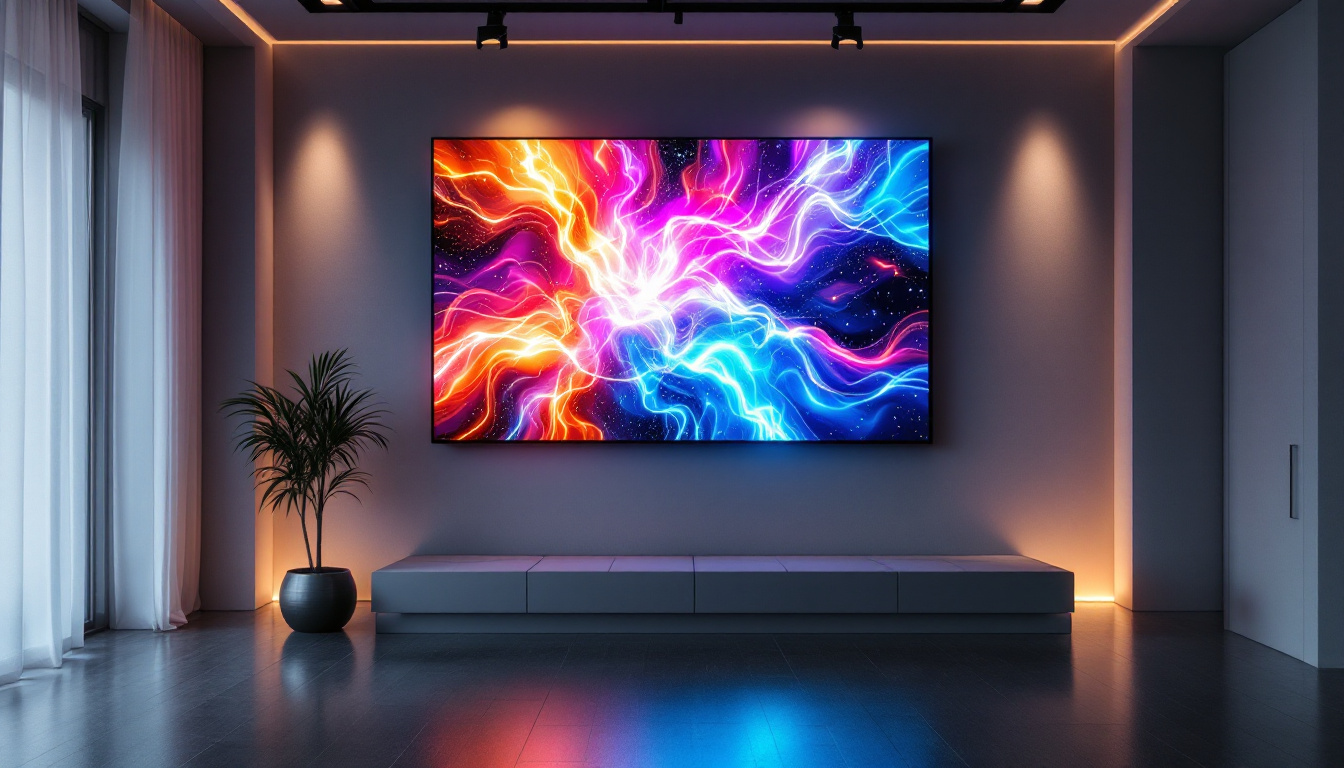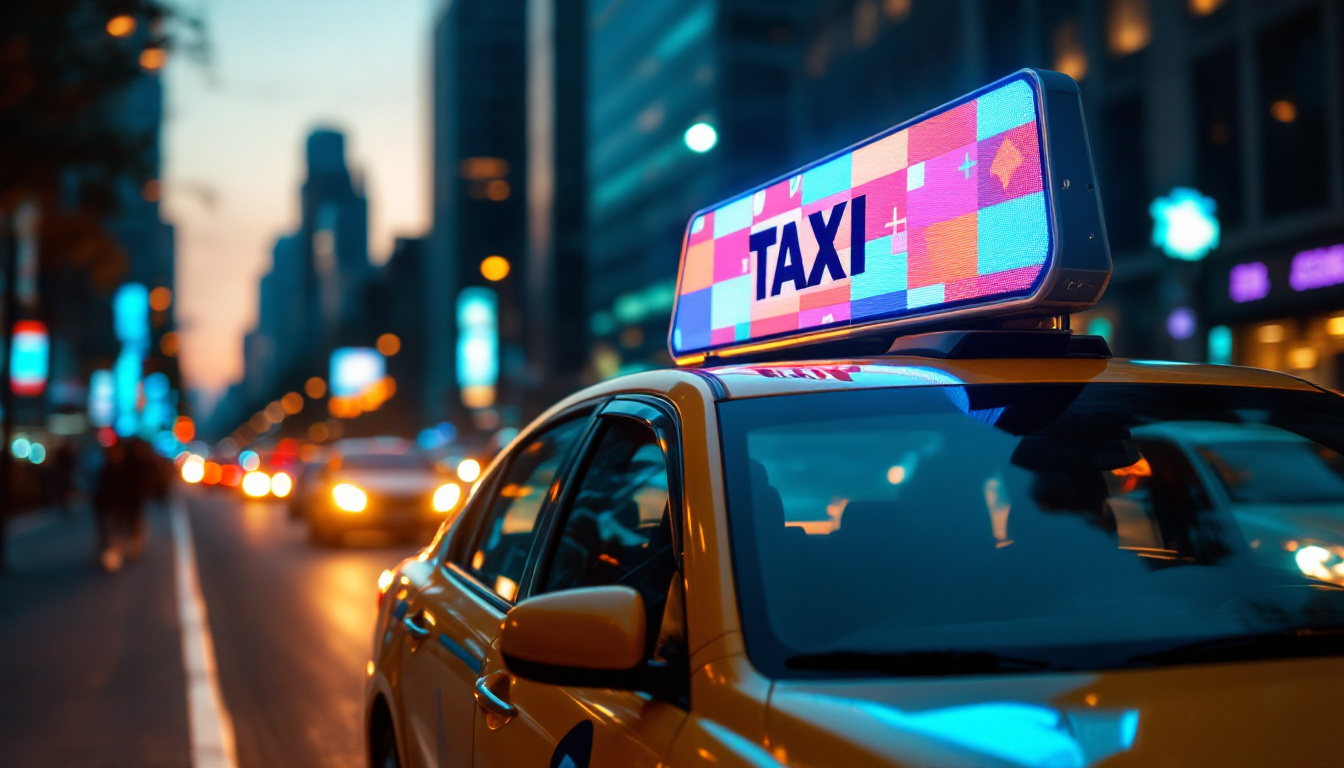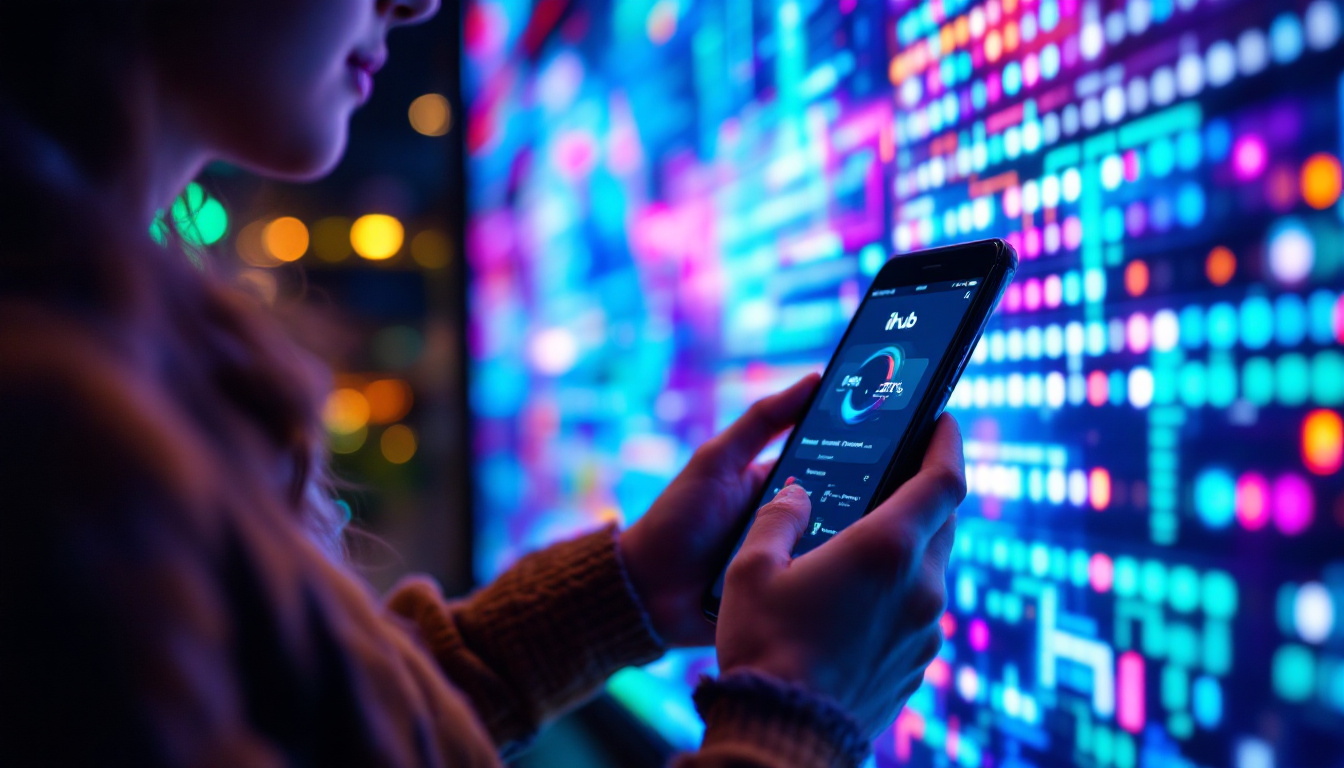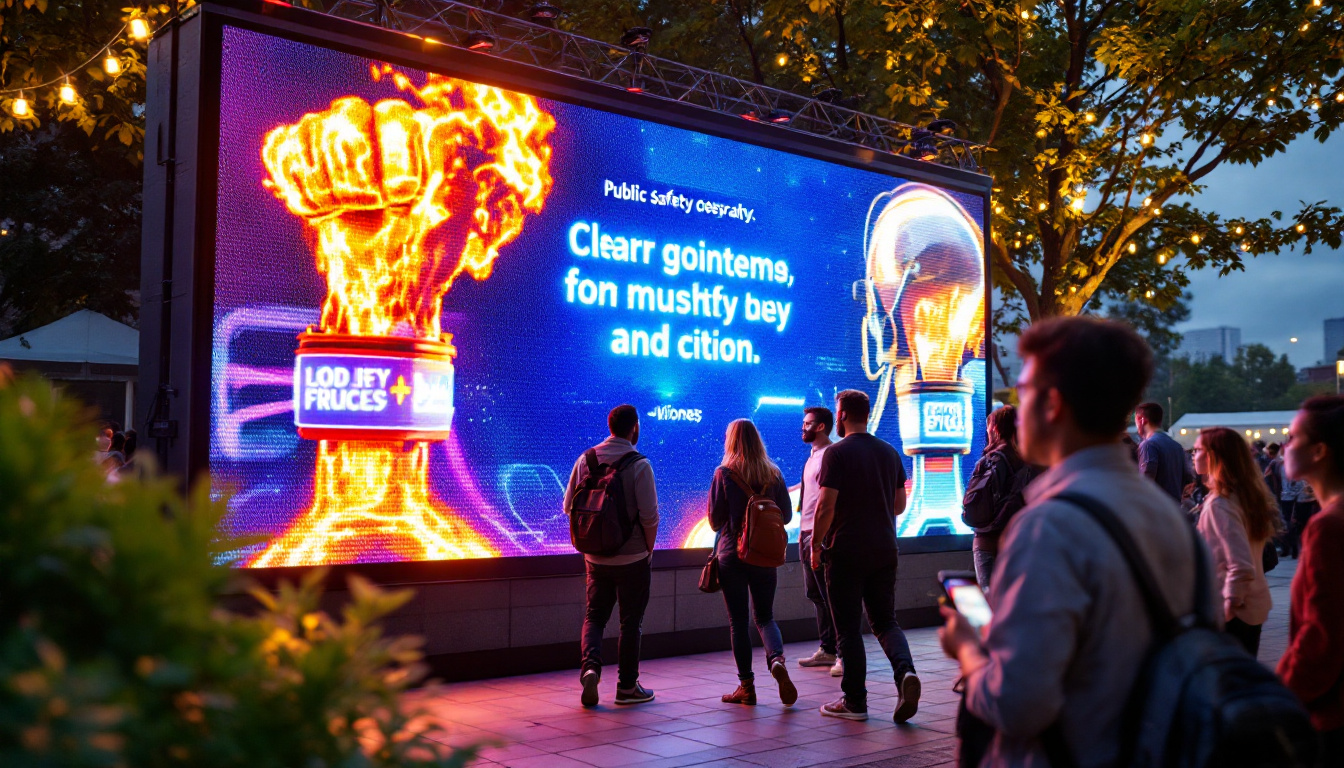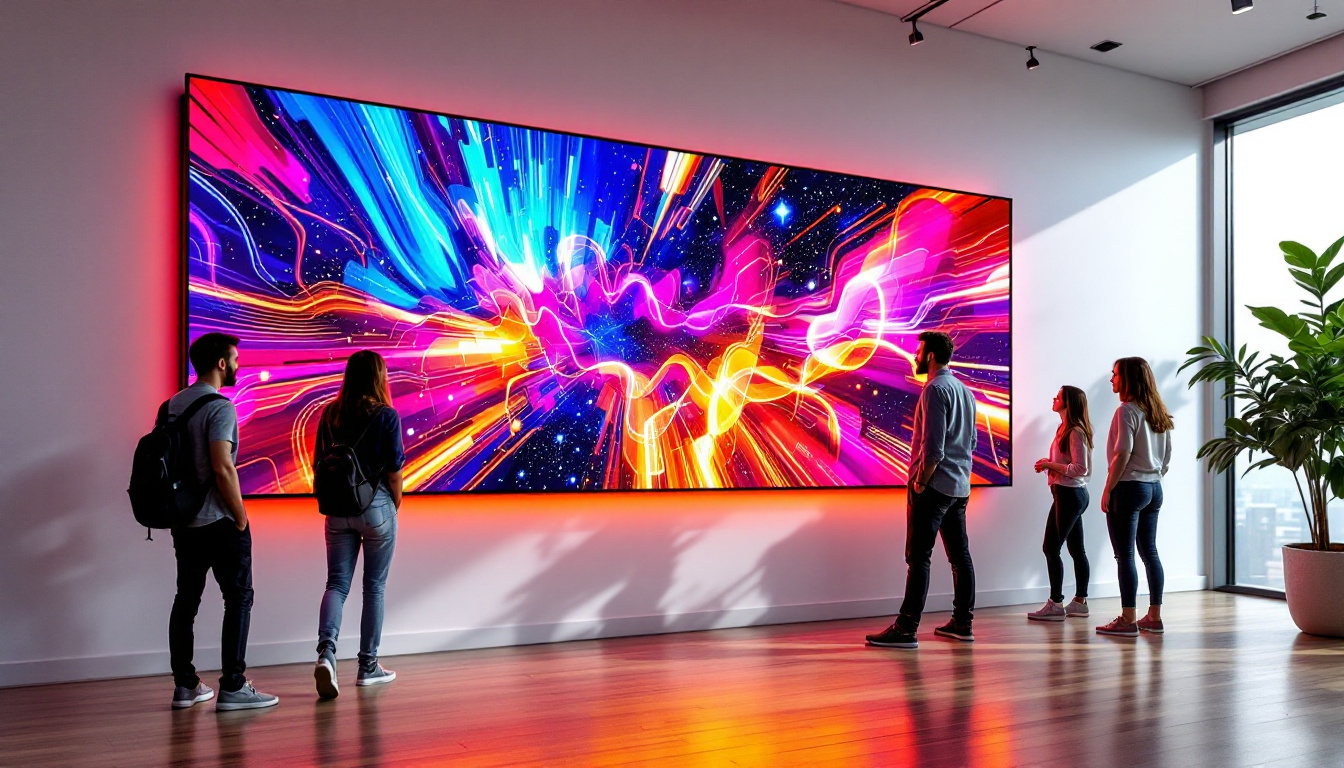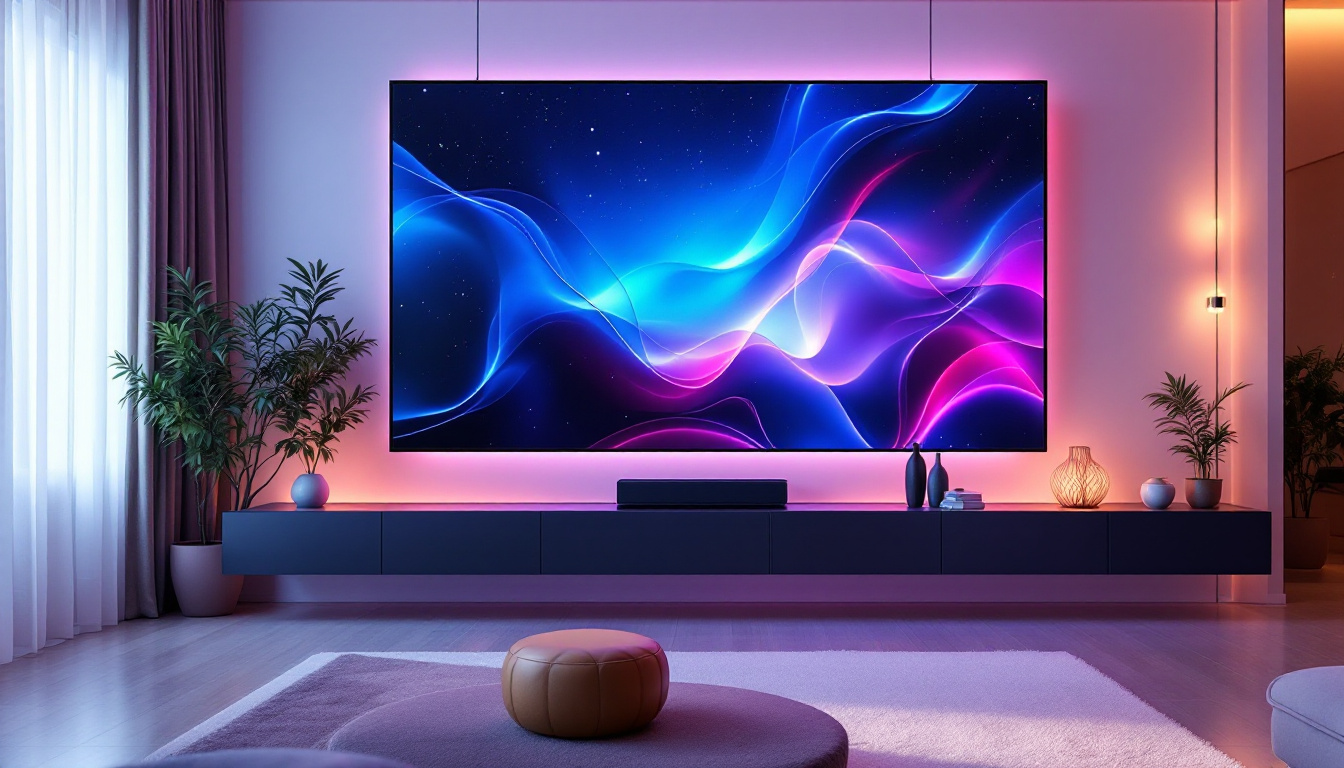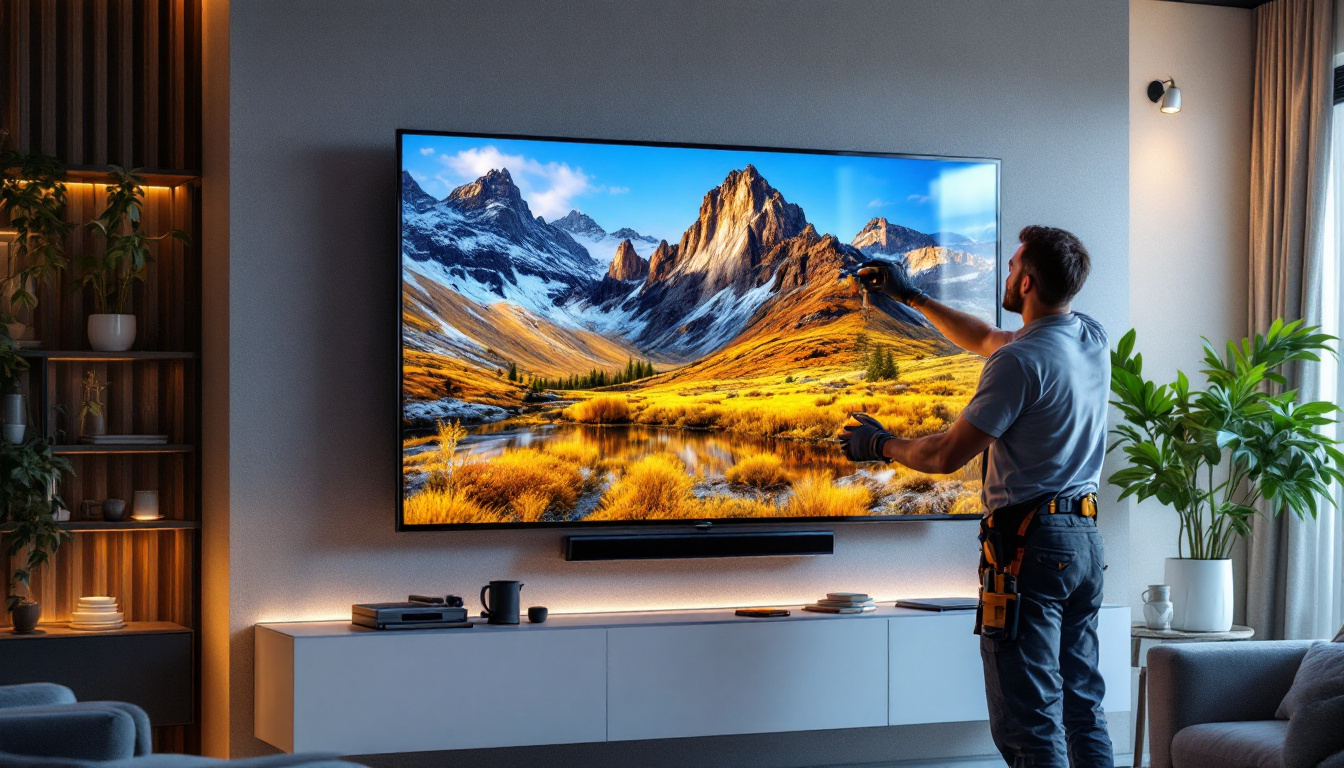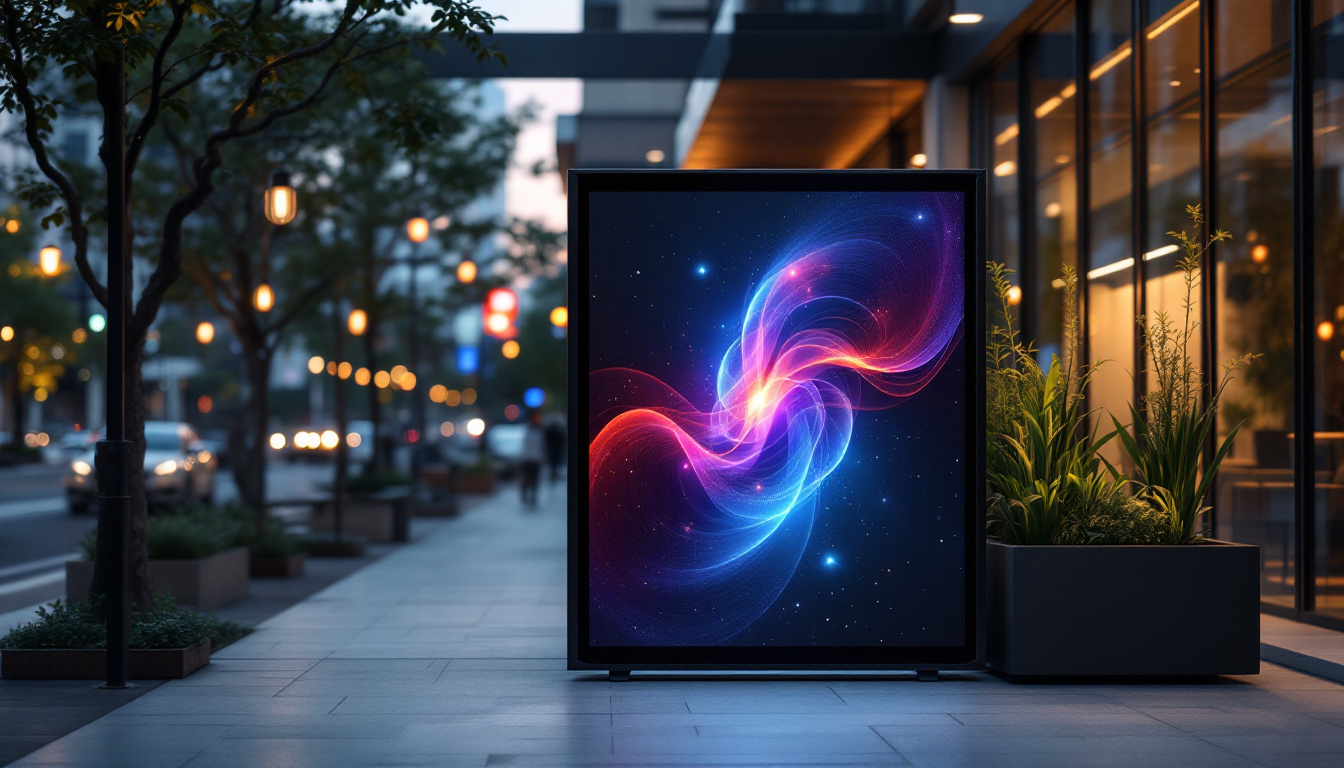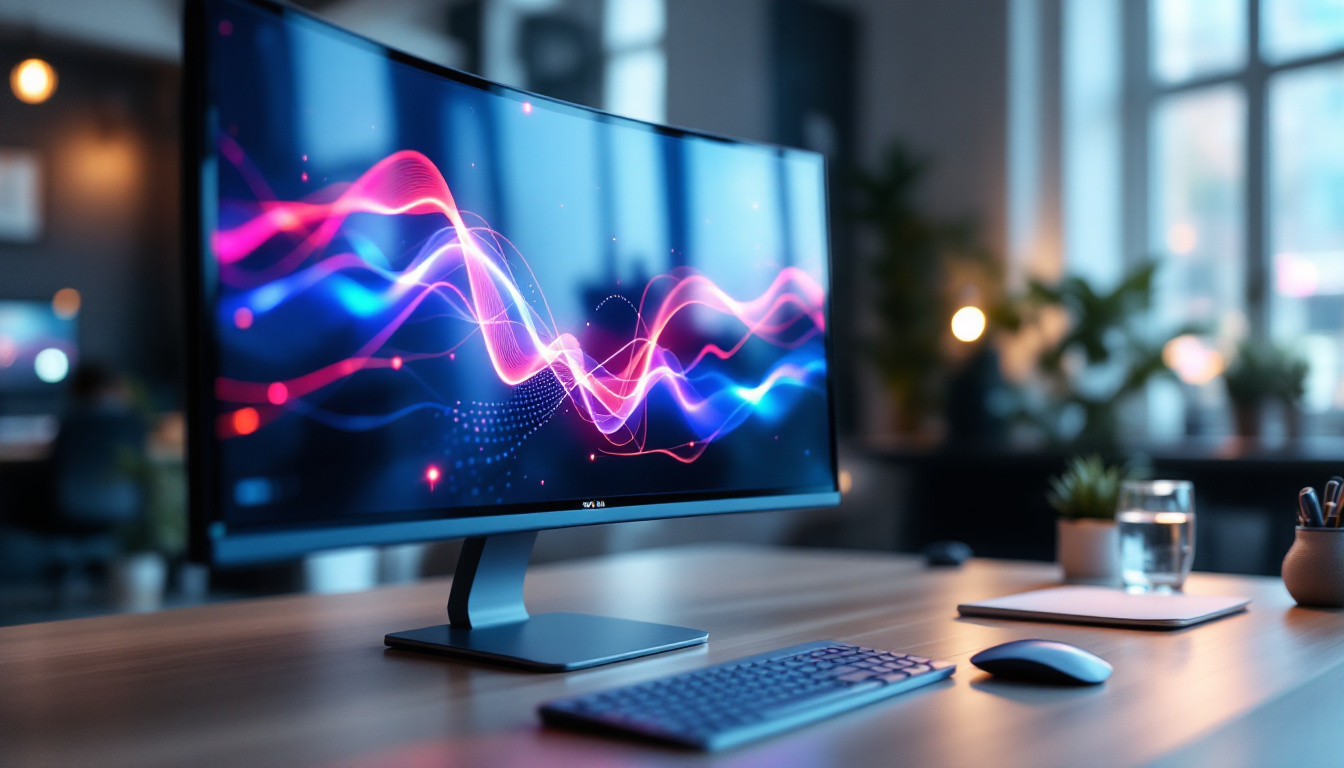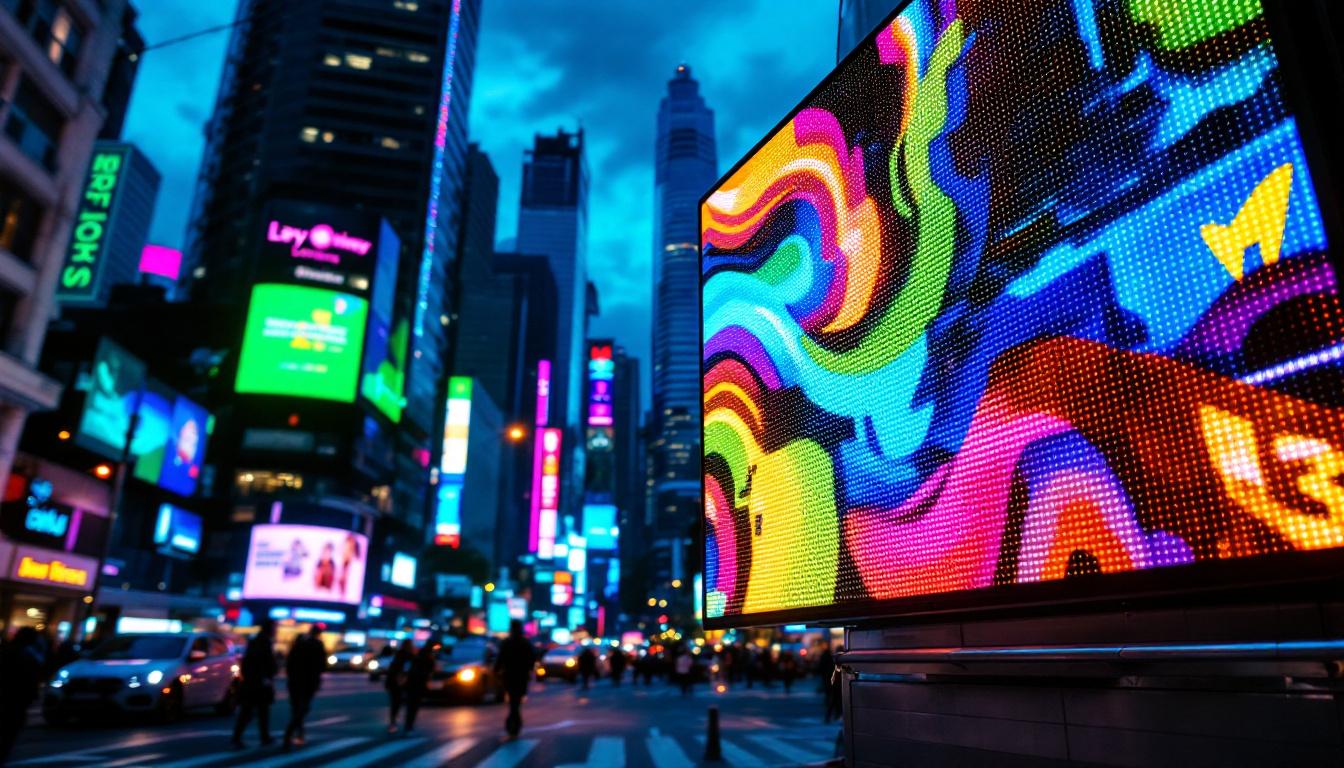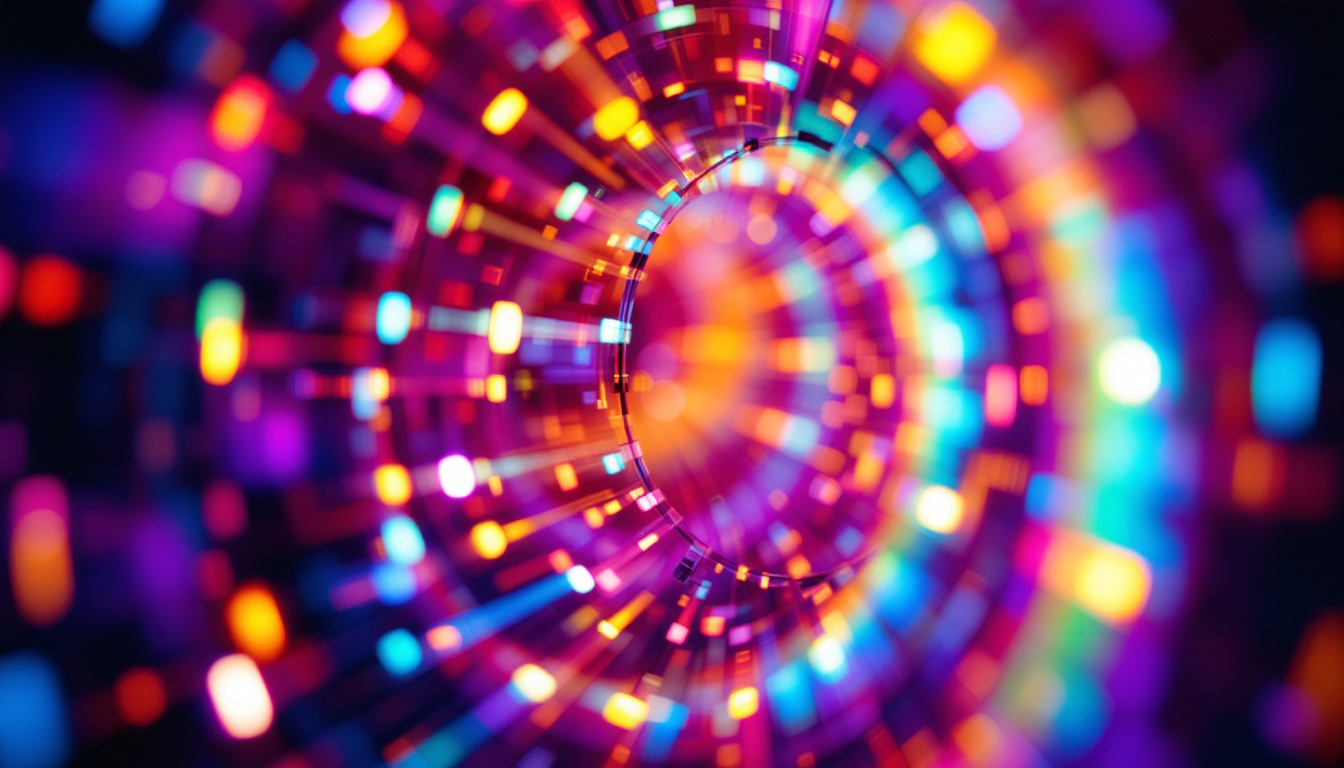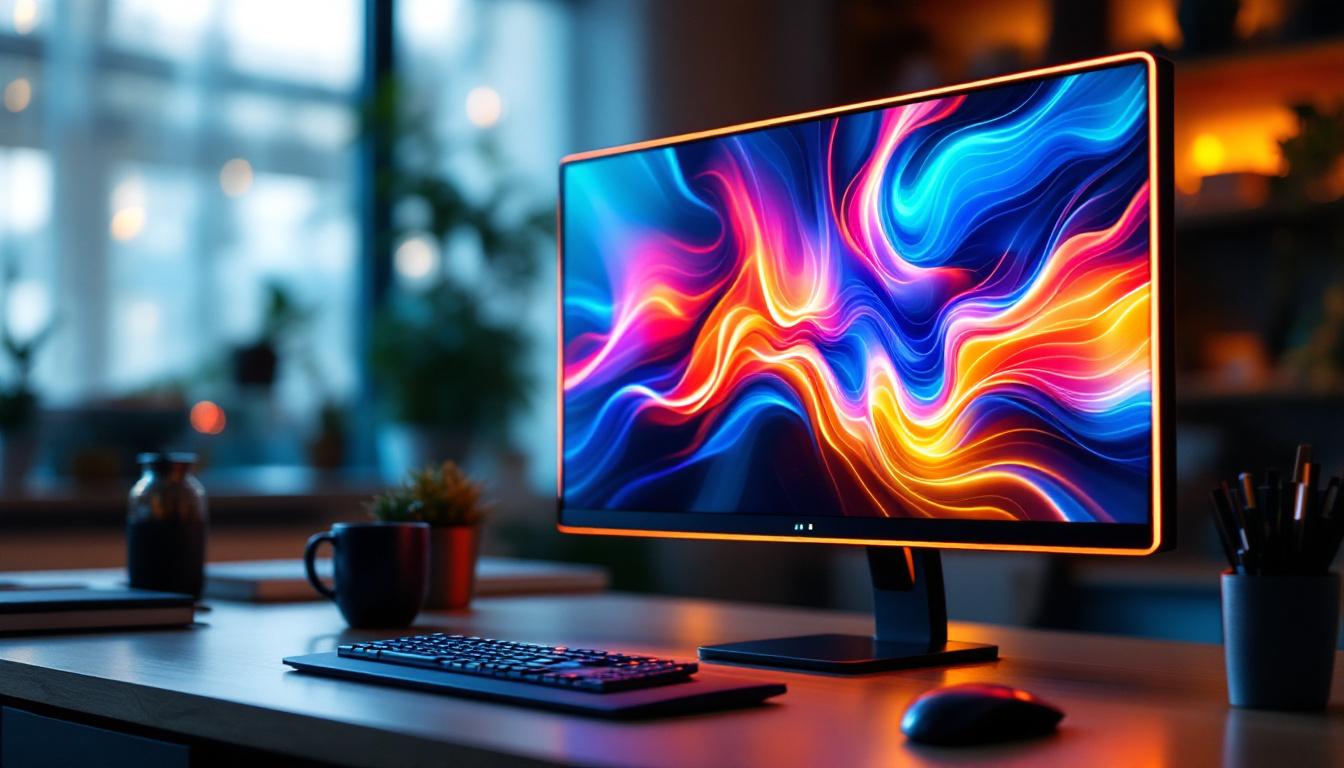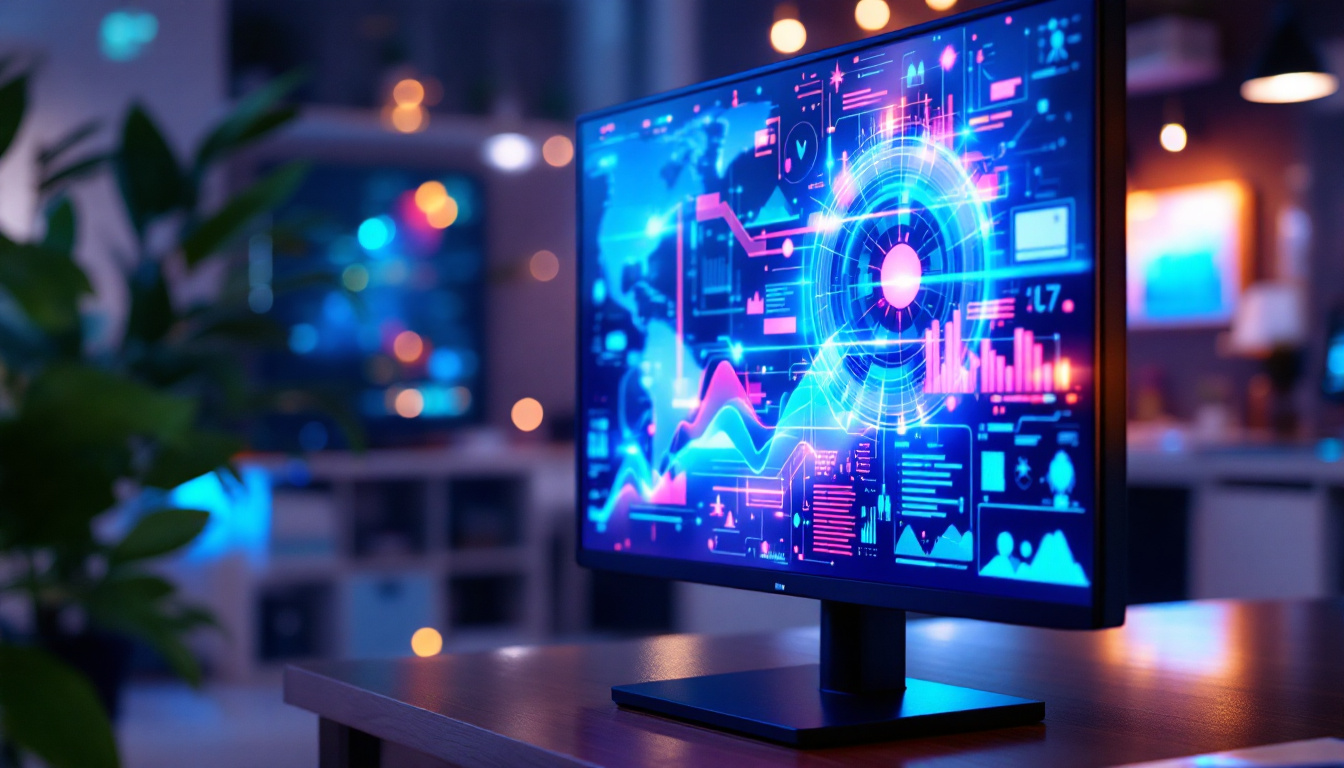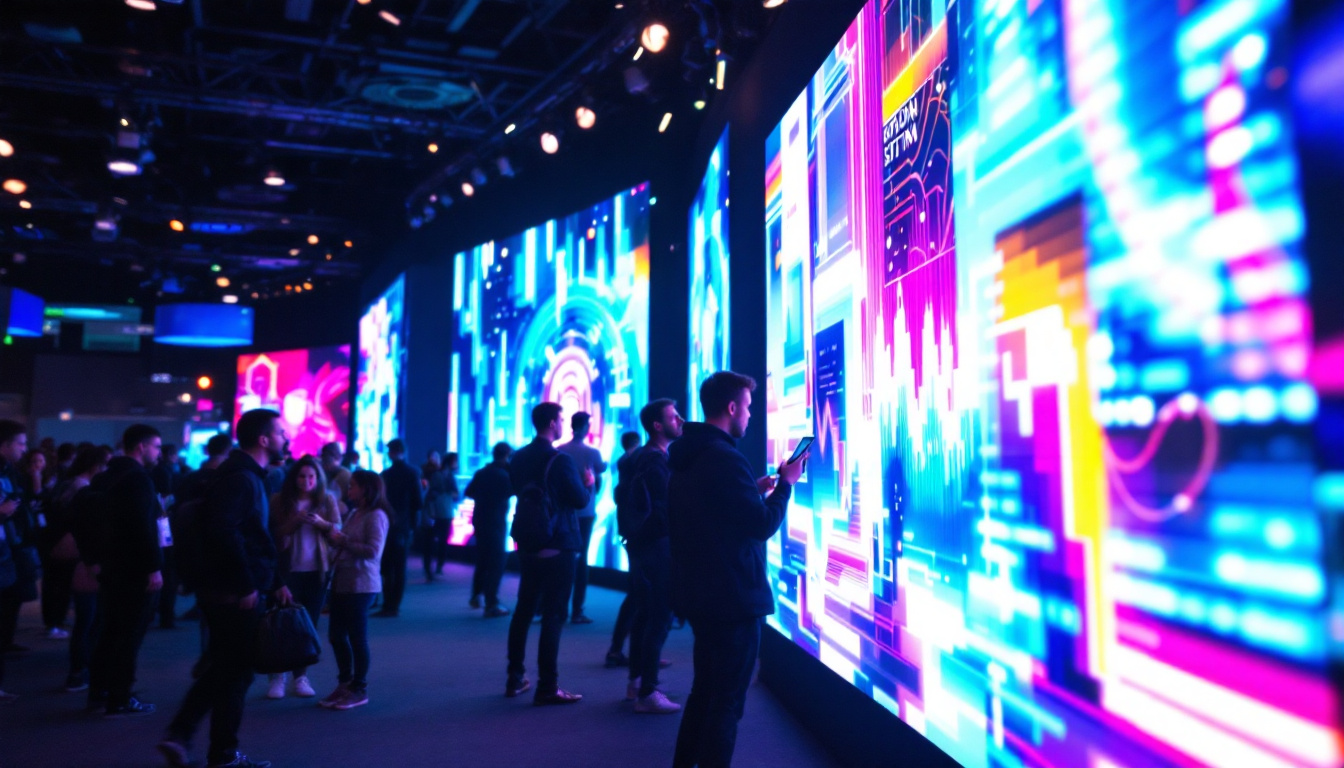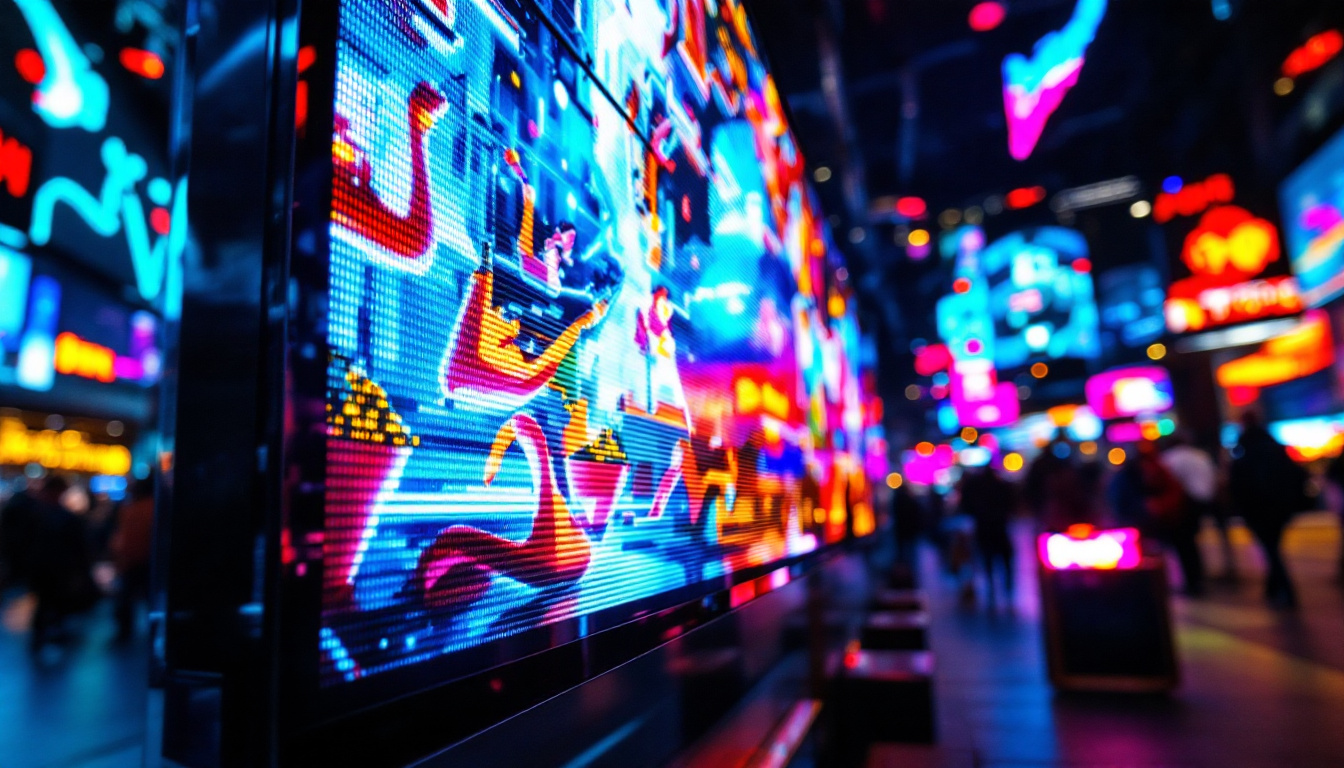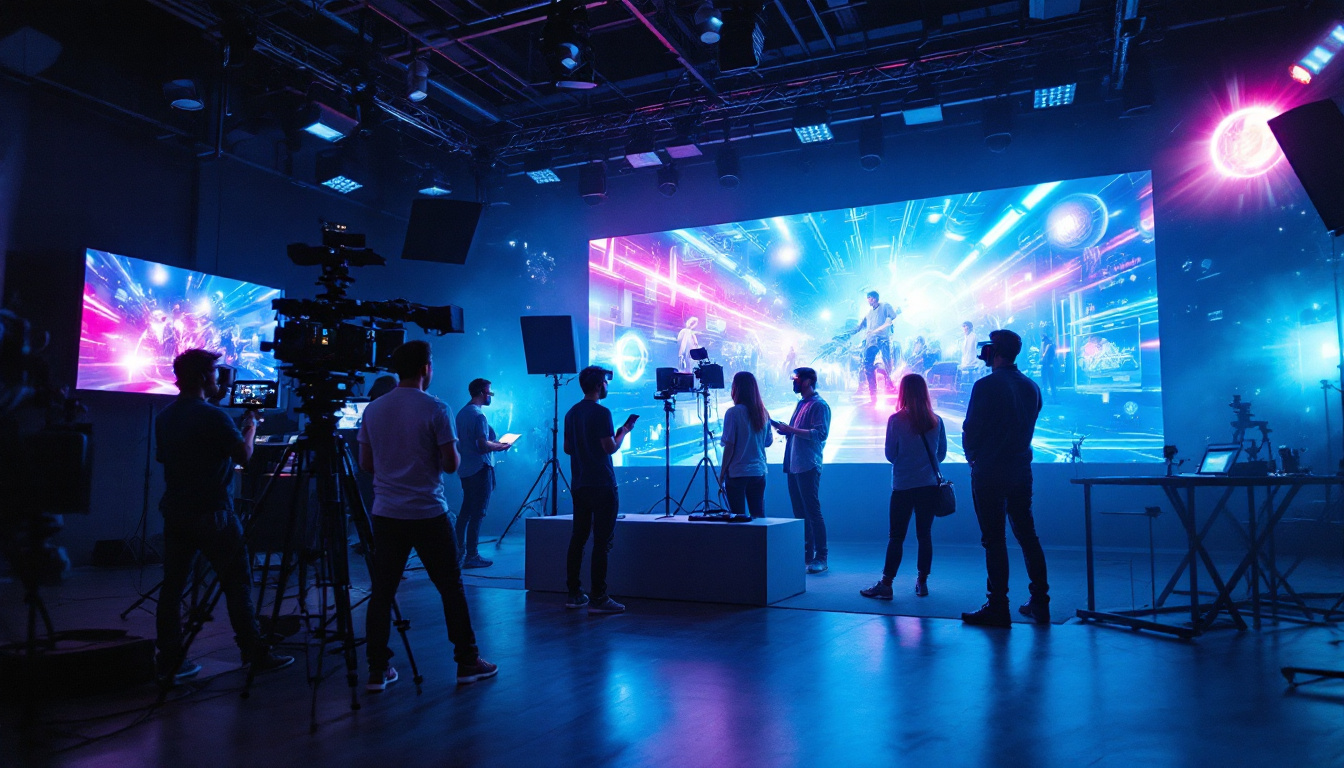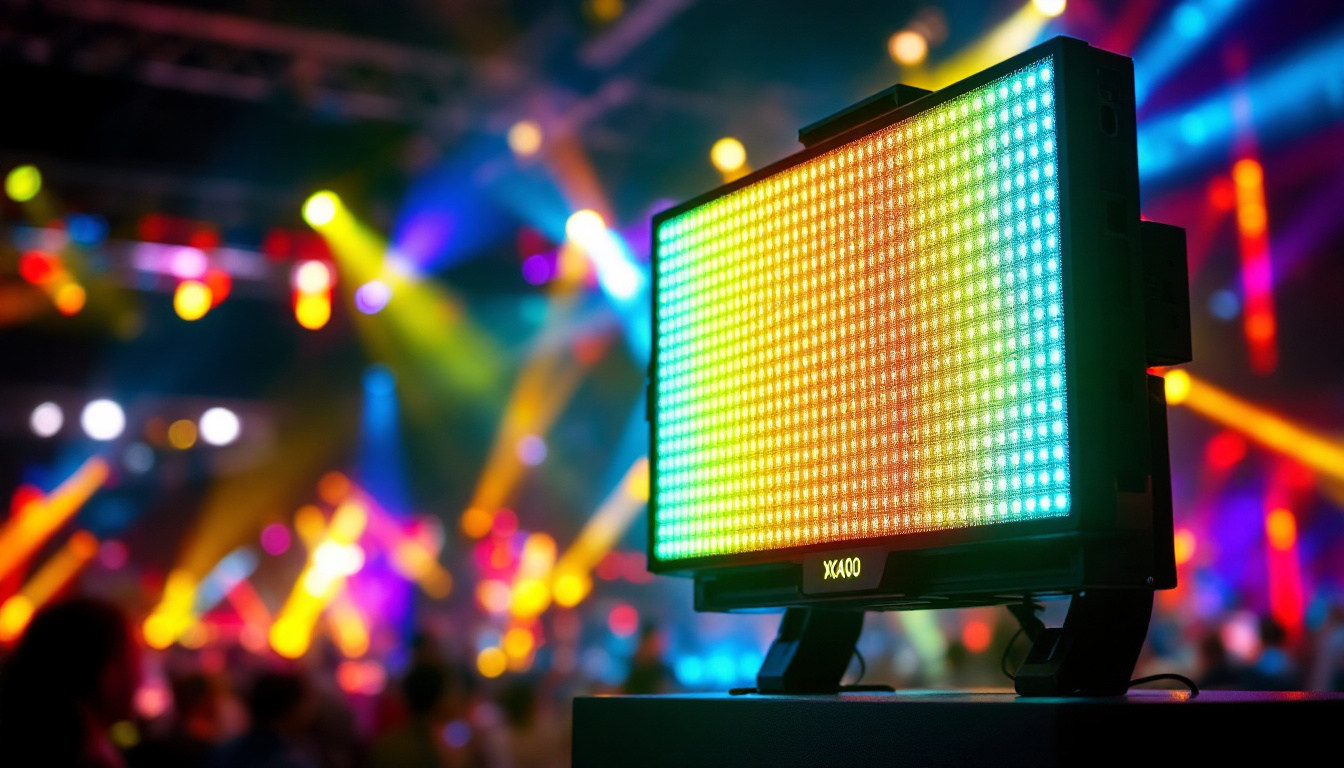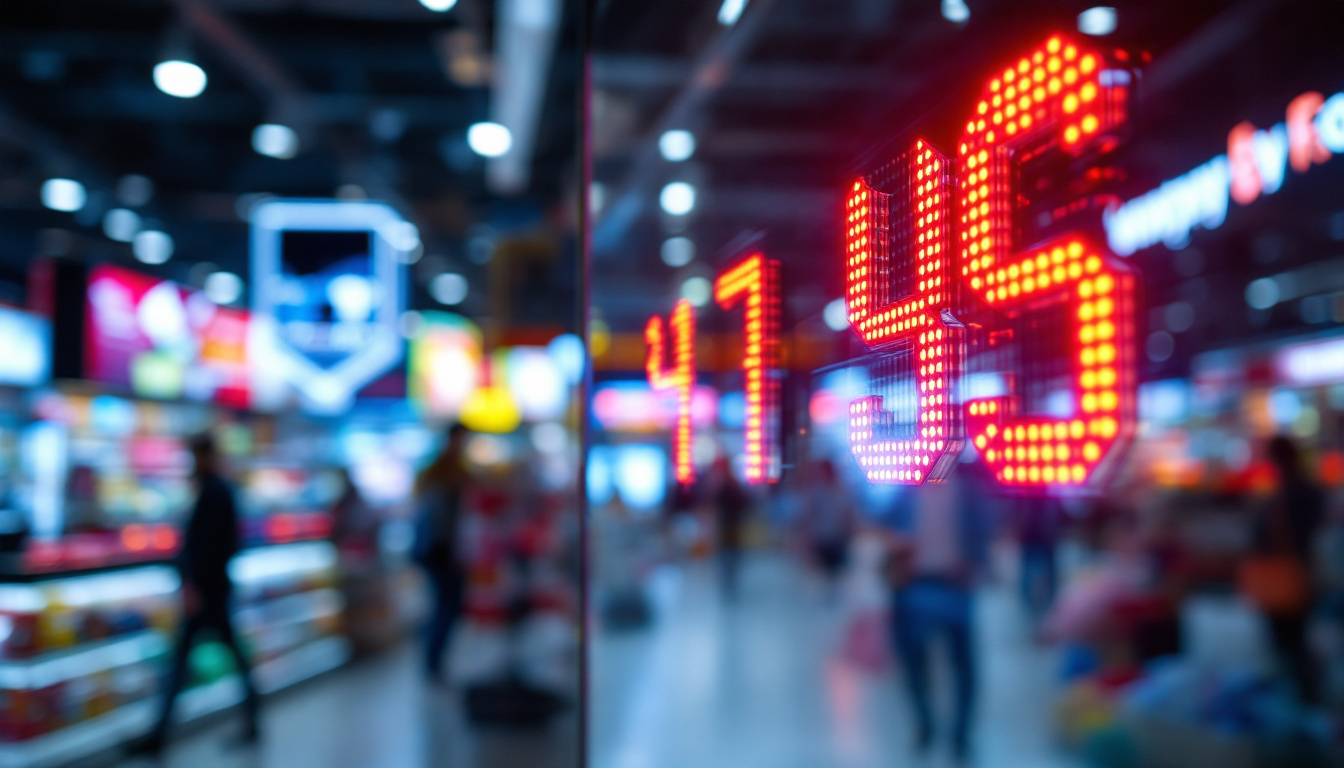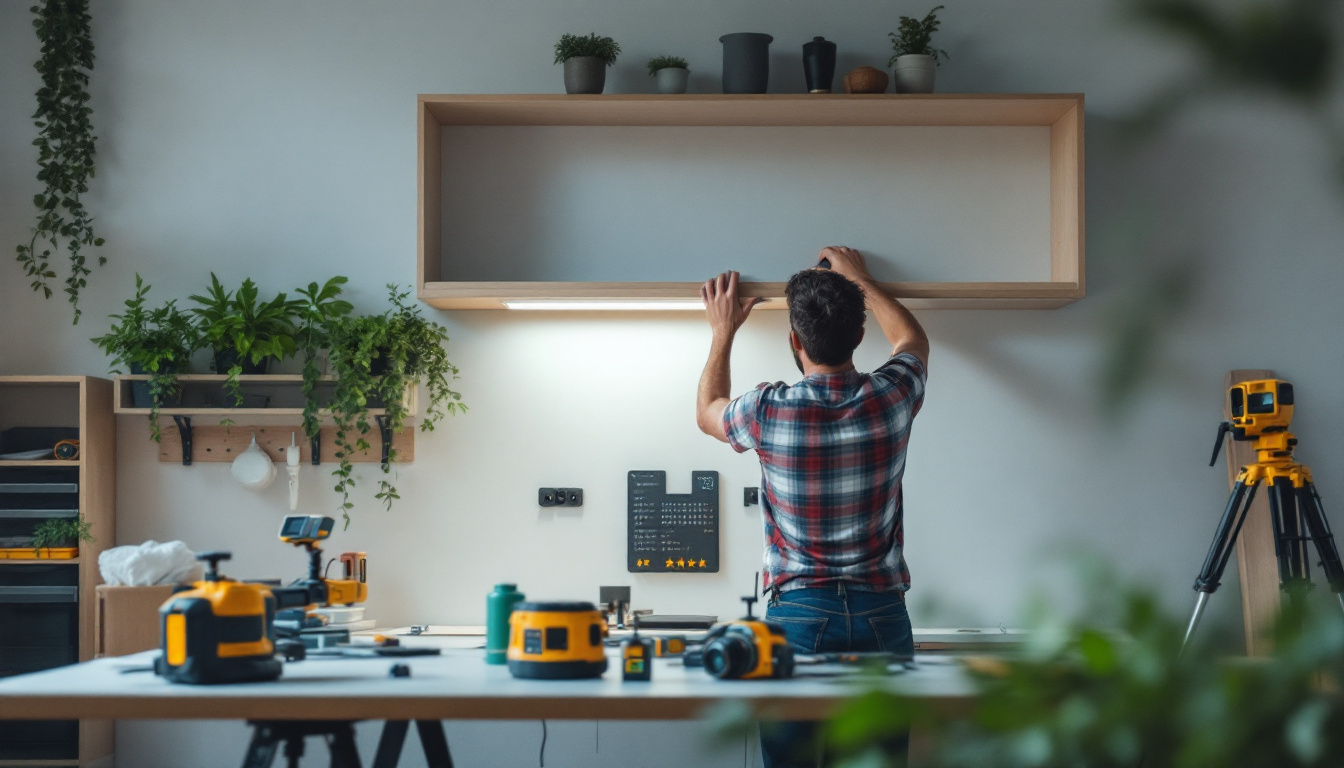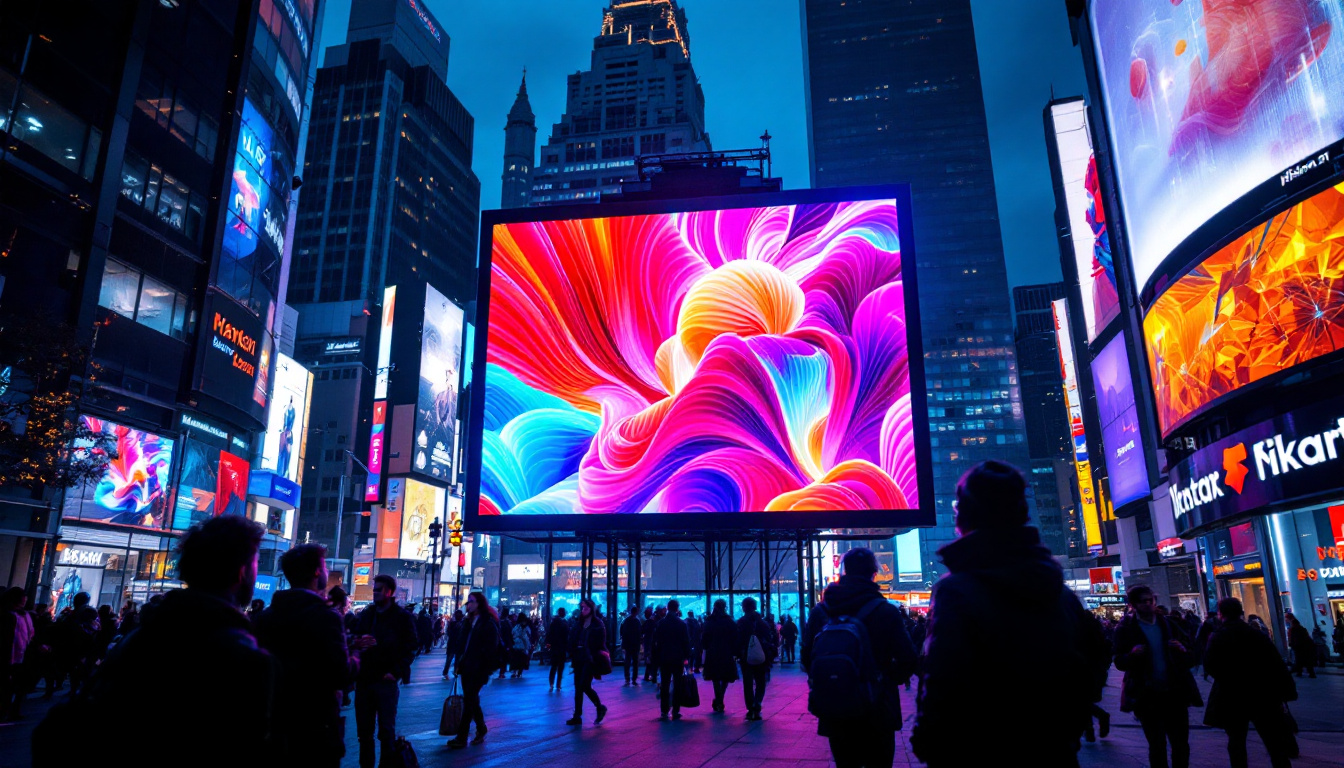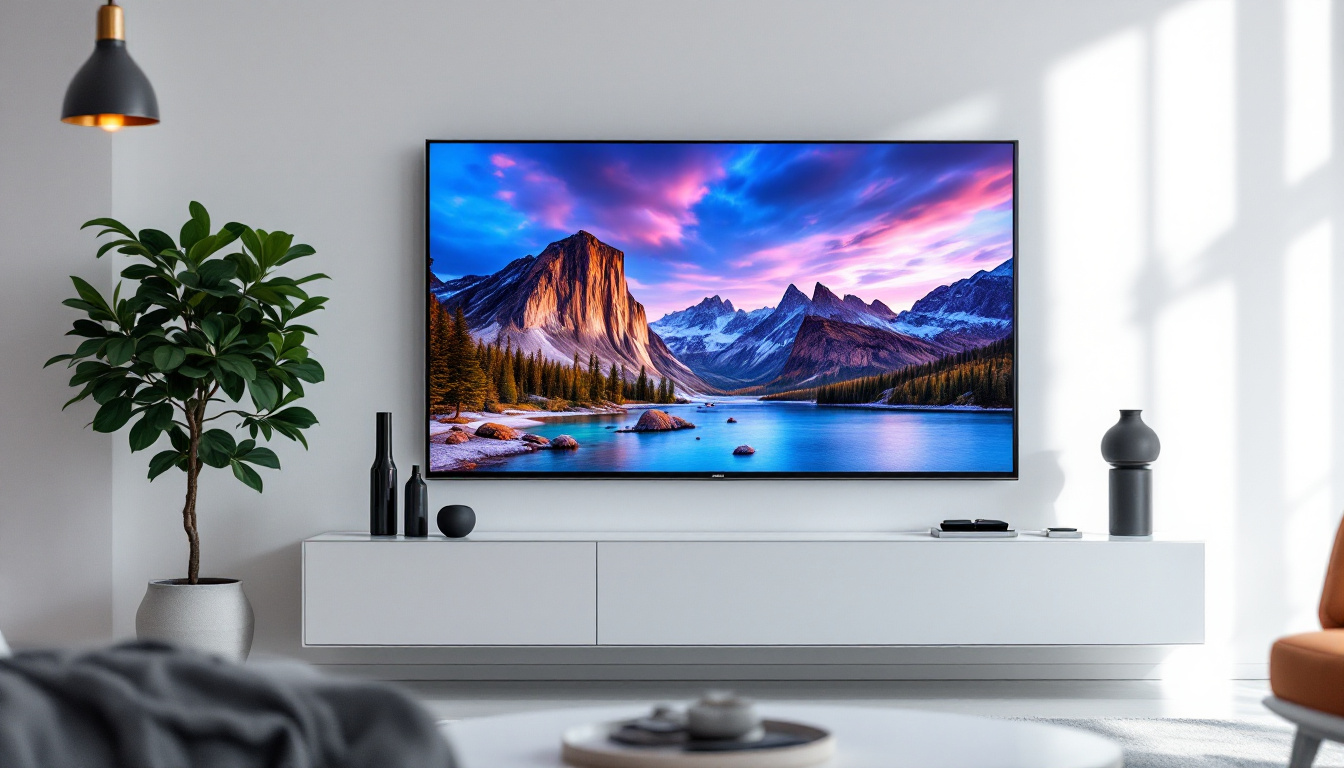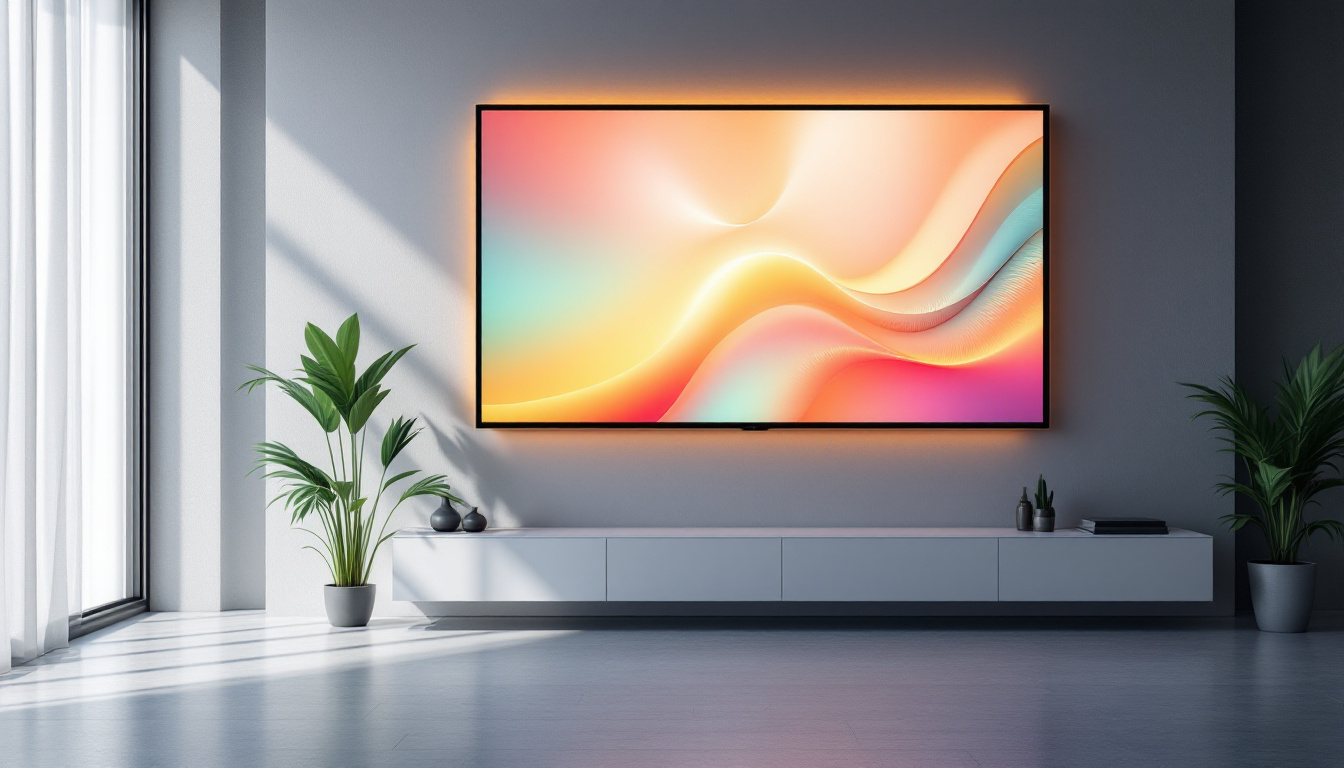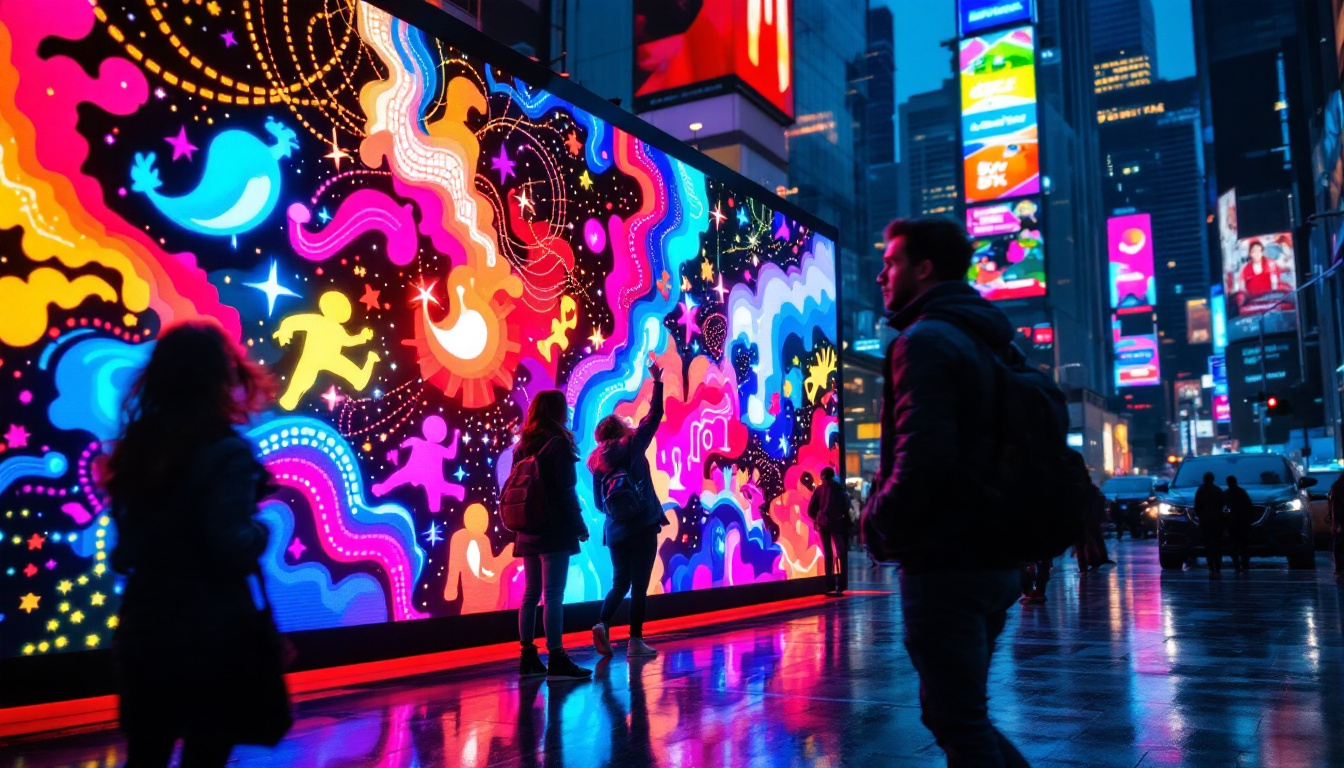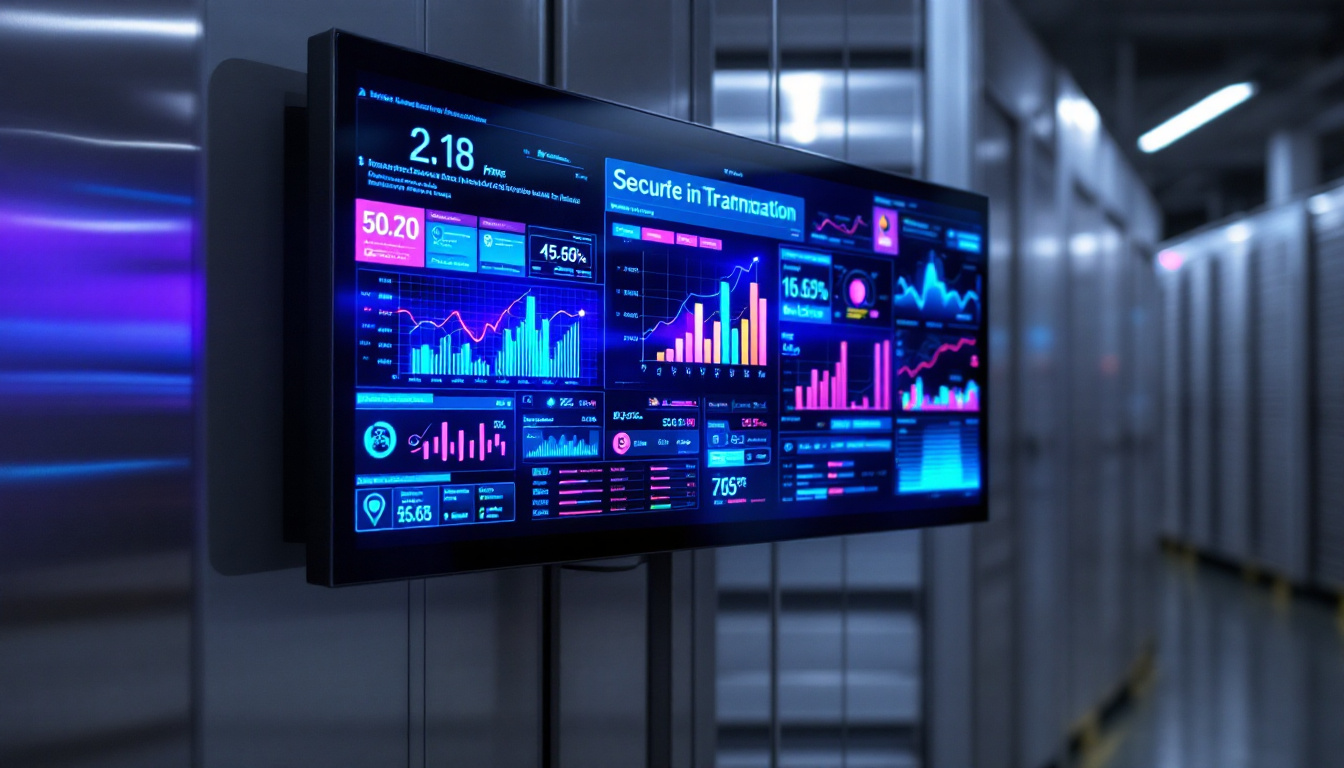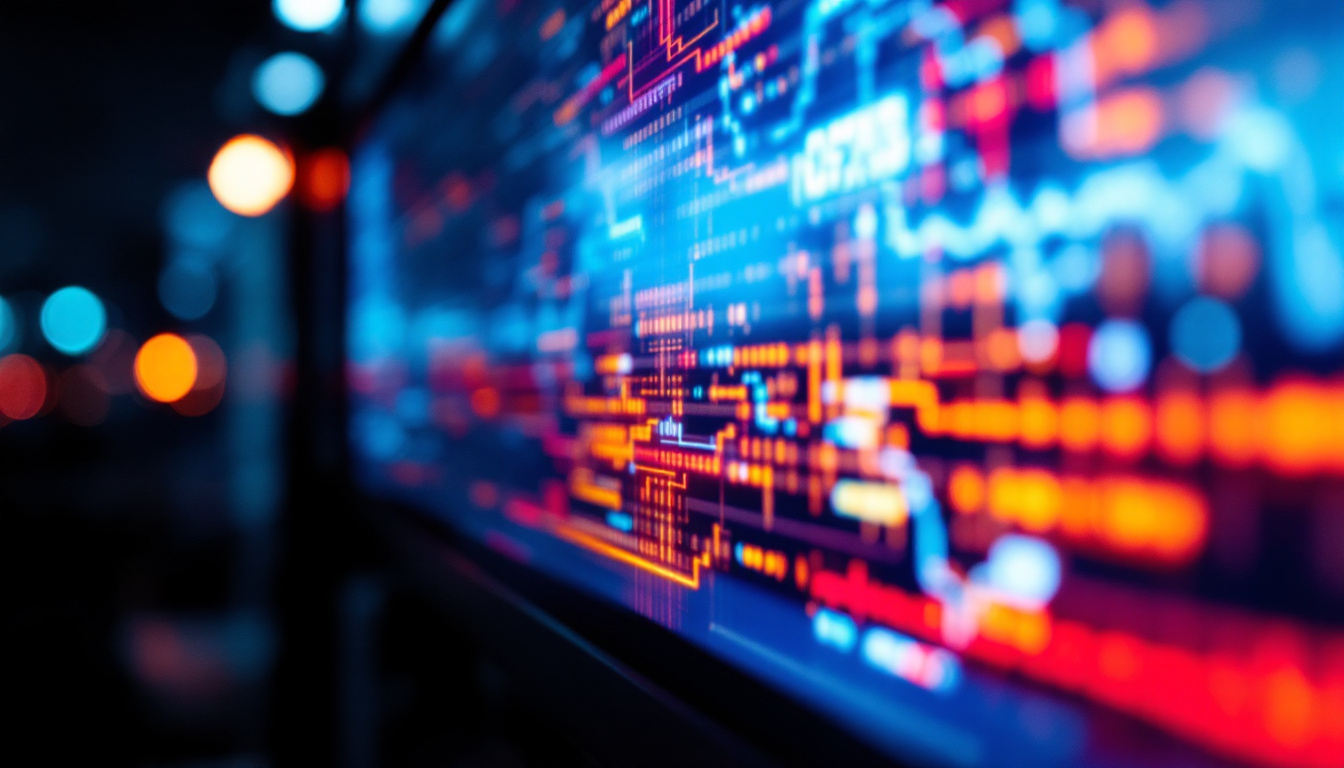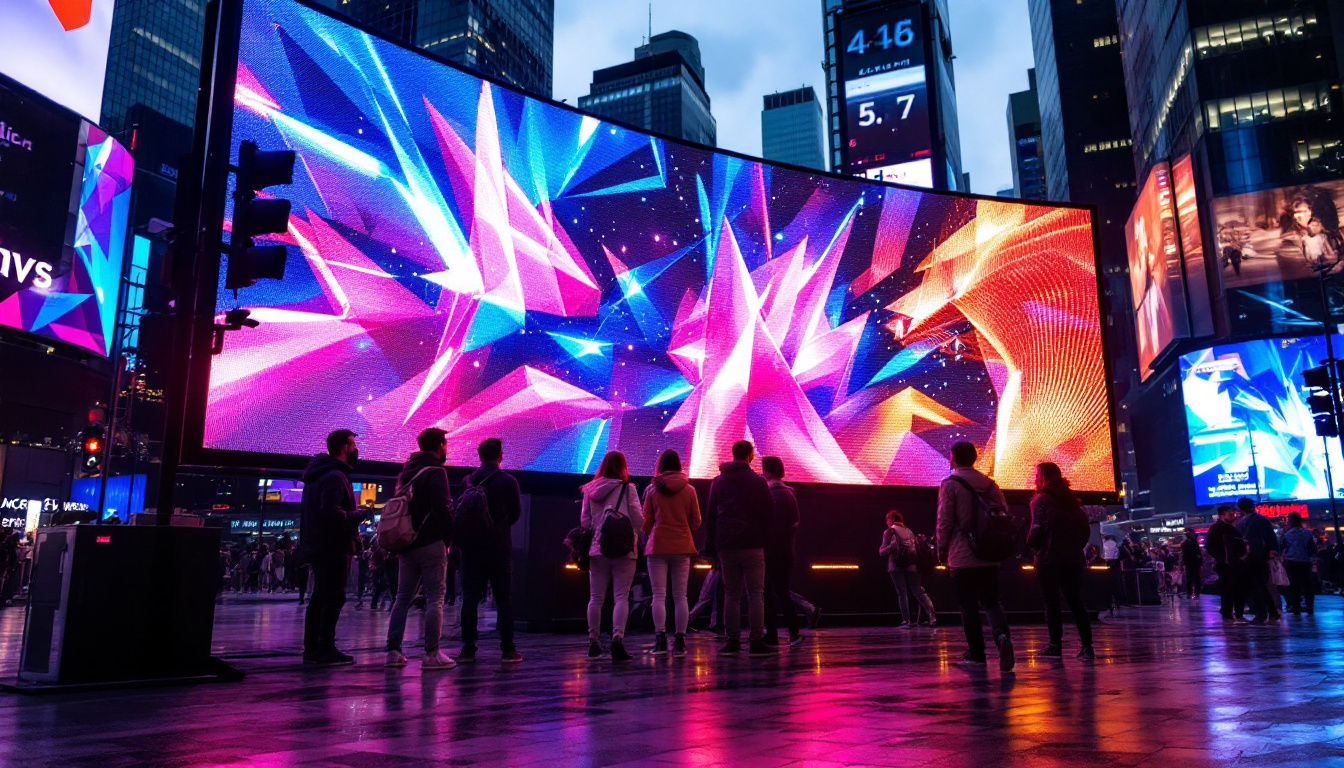In the world of interior design and architecture, flexibility and adaptability have become paramount. Temporary interior walls have emerged as a popular solution for various applications, from exhibitions to office spaces. Among the innovations in this field, LED displays stand out as a transformative element, enhancing both functionality and aesthetics. This article delves into the concept of temporary interior walls, the role of LED displays, and the benefits they bring to modern spaces.
Understanding Temporary Interior Walls
Temporary interior walls serve as versatile partitions that can be easily installed and removed. They are particularly beneficial in environments where space needs to be reconfigured frequently, such as trade shows, corporate events, and even residential settings. These walls can be made from various materials, including drywall, fabric, and modular systems, allowing for a range of designs and functionalities.
Types of Temporary Interior Walls
There are several types of temporary interior walls, each designed to meet specific needs. Some of the most common include:
- Modular Walls: These are pre-fabricated panels that can be assembled and disassembled with ease. They offer a high degree of customization and can be configured in various layouts.
- Fabric Walls: Lightweight and portable, fabric walls are often used for events and exhibitions. They can be printed with graphics, making them ideal for branding and promotional purposes.
- Drywall Partitions: For a more permanent solution, drywall partitions can be used temporarily. They provide a solid structure and can be finished to match existing decor.
Applications of Temporary Interior Walls
Temporary interior walls are utilized in a variety of settings. In corporate environments, they can create meeting rooms or collaborative spaces without the need for permanent construction. In the retail sector, these walls can help in creating pop-up shops or seasonal displays. Additionally, they are invaluable in the event industry, allowing for the rapid setup of booths and exhibition spaces.
Moreover, temporary interior walls can also play a crucial role in residential settings, particularly during renovations or when hosting large gatherings. Homeowners can use these partitions to create makeshift rooms for guests, ensuring privacy and comfort without the need for extensive remodeling. This flexibility is particularly advantageous in urban environments where space is at a premium, allowing residents to maximize their living areas according to their immediate needs.
Furthermore, the use of temporary walls extends into educational institutions, where they can be employed to create additional classrooms or study areas during peak times. This adaptability not only enhances the learning environment but also allows schools to efficiently manage fluctuating student populations. As educational needs evolve, the ability to quickly reconfigure spaces can significantly impact the overall effectiveness of teaching and learning experiences.
The Role of LED Displays
LED displays have revolutionized how information is presented in temporary interior walls. These digital screens can be integrated into the wall structure, providing dynamic content that can be updated in real-time. This capability not only enhances the visual appeal of a space but also serves practical purposes, such as wayfinding or showcasing products. The flexibility of LED technology allows for seamless integration into various environments, from trade shows to corporate offices, making them a versatile choice for modern design.
Benefits of Integrating LED Displays
Integrating LED displays into temporary interior walls offers several advantages:
- Dynamic Content: Unlike traditional signage, LED displays can showcase videos, animations, and changing messages, capturing the attention of passersby and creating an engaging experience.
- Space Efficiency: With LED displays, there is no need for additional signage or promotional materials, saving space and reducing clutter.
- Customization: Content can be tailored to specific audiences or events, allowing for targeted marketing and communication strategies.
Enhancing User Experience
LED displays can significantly enhance the user experience in various environments. In retail spaces, for example, they can showcase product features, promotions, or even customer testimonials, creating an immersive shopping experience. In corporate settings, they can be used for internal communications, displaying important updates or schedules in a visually appealing manner. Furthermore, the use of LED displays can foster a sense of community and engagement, as they can be programmed to highlight user-generated content or social media feeds, encouraging interaction and participation from visitors.
Additionally, the adaptability of LED displays allows them to serve multiple functions throughout their lifecycle. For instance, during a product launch event, they can be used to create a vibrant backdrop that draws attention, while later transitioning to provide essential information during a conference or seminar. This multifunctionality not only maximizes the return on investment but also ensures that the displays remain relevant and useful across different contexts. As technology continues to advance, the potential applications for LED displays in temporary interior walls will only expand, paving the way for even more innovative uses in the future.
Design Considerations for Temporary Walls with LED Displays
When designing temporary interior walls that incorporate LED displays, several factors must be considered to ensure functionality and aesthetics align. The design should not only be visually appealing but also practical for the intended use.
Material Selection
The choice of materials for temporary walls is crucial. Lightweight materials are often preferred for ease of installation and mobility. However, the material must also support the weight and requirements of the LED displays. For instance, modular wall systems made from aluminum frames can provide the necessary support while remaining lightweight.
Placement and Visibility
Strategically placing LED displays is essential for maximizing visibility and engagement. The height, angle, and location of the displays should be considered to ensure they are easily seen by the target audience. Additionally, factors such as lighting conditions and foot traffic patterns can influence the effectiveness of the display.
Technical Considerations
Integrating technology into temporary walls requires careful planning. Considerations such as power supply, connectivity, and control systems must be addressed. Ensuring that the LED displays can be easily connected to a central management system will facilitate seamless content updates and maintenance.
Case Studies: Successful Implementations
Several organizations have successfully implemented temporary interior walls with integrated LED displays, showcasing the versatility and effectiveness of this solution.
Corporate Events
At a recent corporate event, a technology company utilized temporary walls with LED displays to create an interactive experience for attendees. The walls featured dynamic content showcasing their latest products, while also providing information about the event schedule. This not only drew attendees to their booth but also facilitated networking opportunities.
Retail Pop-Up Shops
A popular fashion brand launched a pop-up shop in a high-traffic area, using temporary walls with LED displays to highlight their latest collection. The displays featured vibrant visuals and videos that attracted customers, leading to increased foot traffic and sales. The flexibility of the temporary walls allowed the brand to quickly adapt the layout based on customer flow.
Challenges and Solutions
While the integration of LED displays in temporary interior walls offers numerous benefits, there are also challenges that need to be addressed. Understanding these challenges and finding effective solutions is crucial for successful implementation.
Cost Considerations
One of the primary challenges associated with LED displays is the cost. High-quality displays can be expensive, and organizations must weigh the benefits against the investment. However, renting LED displays for short-term use can be a cost-effective solution, allowing businesses to leverage the technology without a significant upfront investment.
Technical Issues
Technical issues can arise during setup or operation, potentially disrupting the intended experience. To mitigate this risk, it is essential to work with experienced technicians who can ensure proper installation and provide ongoing support. Additionally, having backup systems or alternative content ready can help address any unforeseen issues during an event.
Regulatory Compliance
Depending on the location and purpose of the temporary walls, there may be regulatory requirements to consider. Ensuring compliance with local building codes and safety regulations is essential. Consulting with professionals who understand these regulations can help navigate the complexities of temporary installations.
Future Trends in Temporary Interior Walls and LED Displays
The future of temporary interior walls and LED displays is poised for exciting developments. As technology continues to evolve, new possibilities will emerge, enhancing the functionality and aesthetics of these solutions.
Advancements in Display Technology
As display technology advances, LED displays are becoming more versatile and affordable. Innovations such as flexible LED screens and transparent displays will open up new design possibilities for temporary walls. These advancements will allow for even more creative and engaging installations.
Sustainability Considerations
With a growing emphasis on sustainability, future designs will likely incorporate eco-friendly materials and energy-efficient displays. Temporary walls that can be reused or recycled will become increasingly important as organizations seek to minimize their environmental impact.
Conclusion
Temporary interior walls with integrated LED displays represent a powerful solution for modern spaces, offering flexibility, dynamic content, and enhanced user experiences. As businesses and organizations continue to adapt to changing environments, these innovative solutions will play a vital role in shaping the future of interior design. By understanding the benefits, challenges, and future trends, stakeholders can make informed decisions that enhance their spaces and engage their audiences effectively.
In a world where adaptability is key, the combination of temporary interior walls and LED displays stands out as a forward-thinking approach to design and functionality. Whether for corporate events, retail environments, or exhibitions, this dynamic duo is set to redefine how spaces are utilized and experienced.
Discover LumenMatrix LED Display Solutions
Ready to transform your space with the versatility and visual impact of LED displays? Explore LumenMatrix’s comprehensive range of innovative LED display solutions, designed to captivate your audience and elevate your brand. From immersive Indoor LED Wall Displays to vibrant Outdoor LED Wall Displays, and from dynamic Vehicle LED Displays to sleek LED Poster Displays, LumenMatrix has the technology to bring your vision to life. Embrace the future of visual communication with our LED Sports Displays, interactive Floor LED Displays, and the revolutionary All-in-One LED Display. Experience the difference with our Custom LED Display options and see-through LED Transparent Displays. Check out LumenMatrix LED Display Solutions today and start creating unforgettable experiences.

